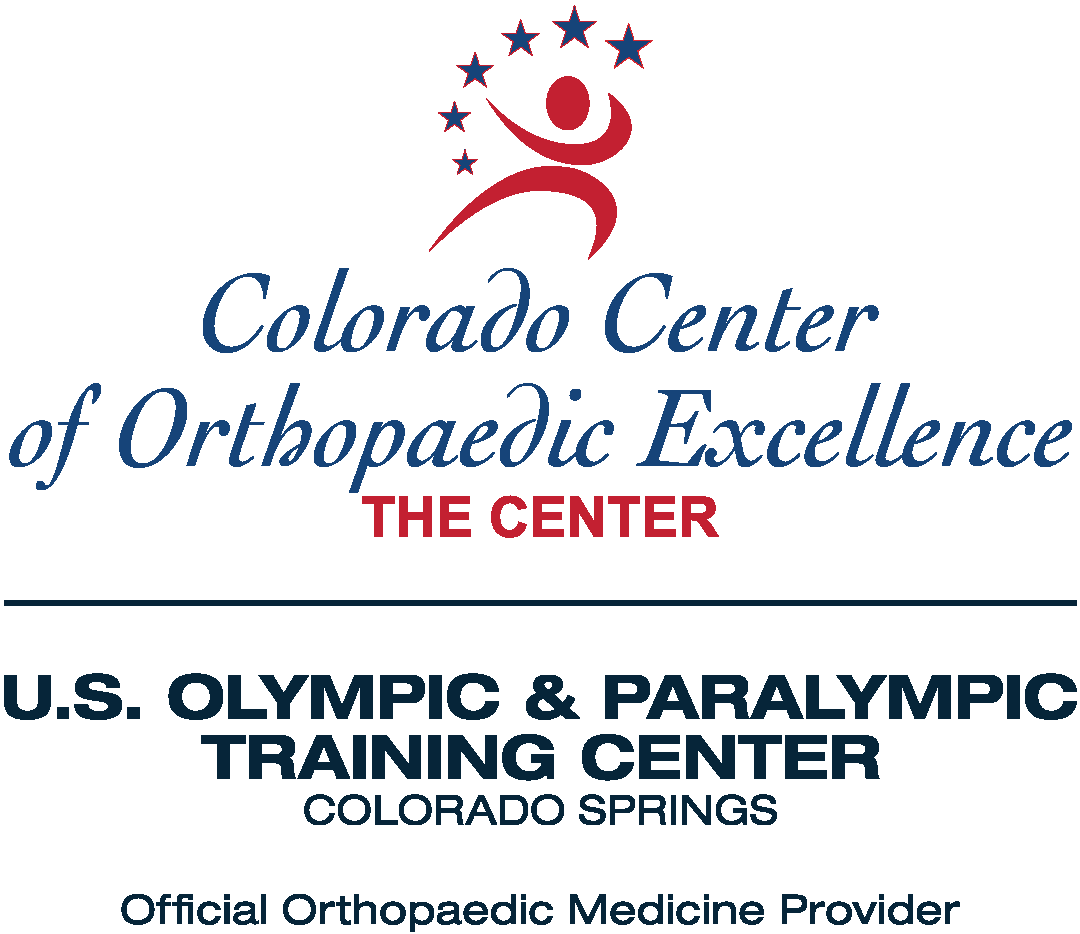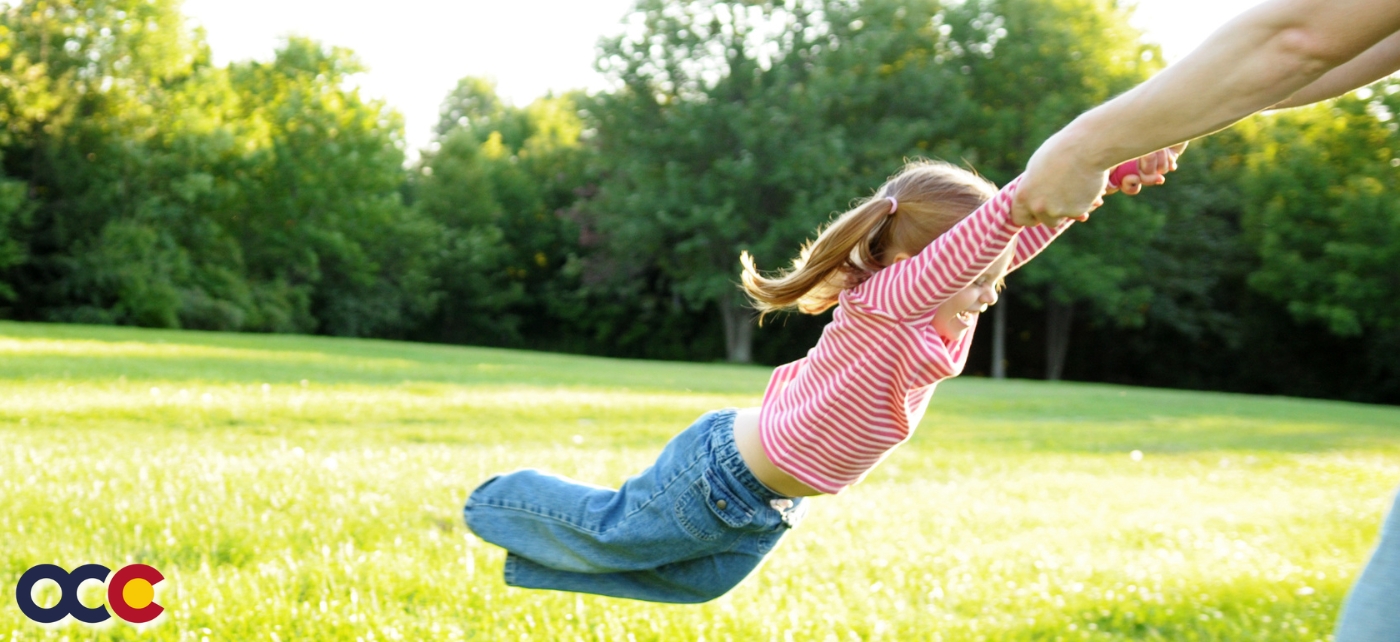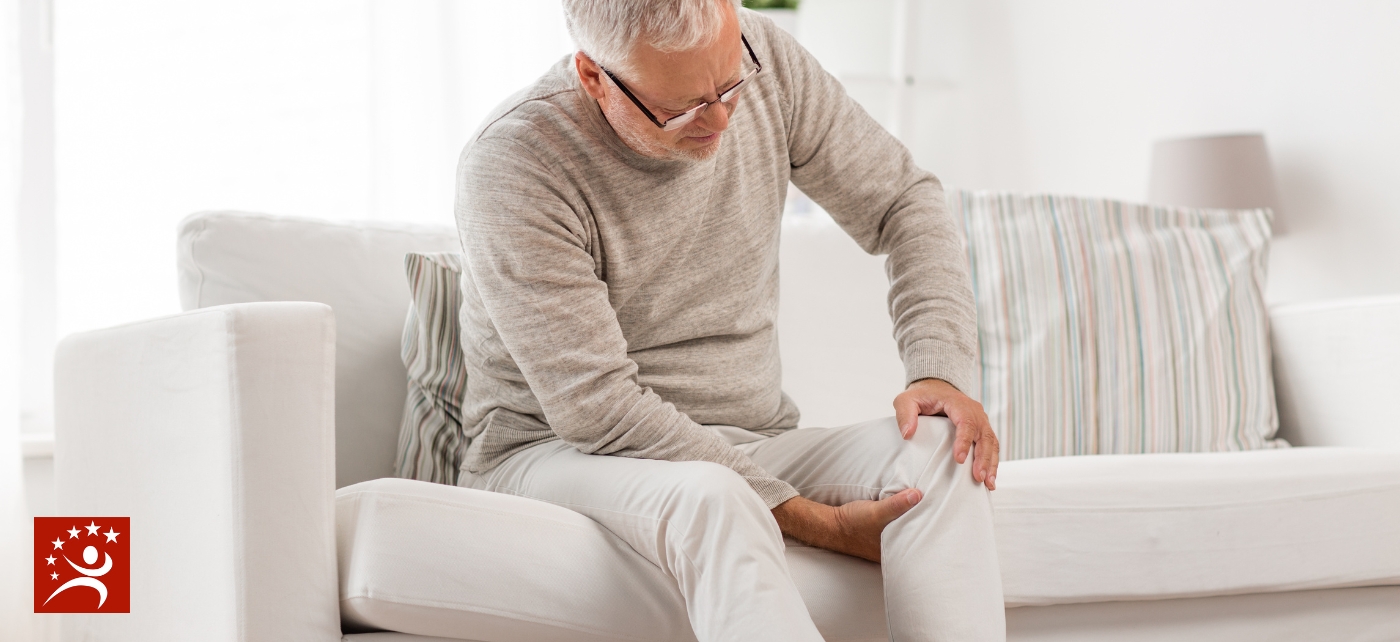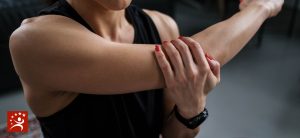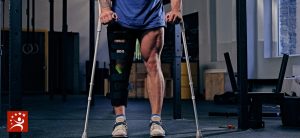Many children squeal with delight when you swing them around or back and forth by the arms. But the fun can easily turn into Nursemaid’s elbow. Nursemaid’s elbow is a common injury among toddlers and preschoolers. It happens when a ligament slips out of place and gets caught between two bones in the elbow joint. Normally, it is easy for a doctor to fix, but if it is not treated, the child may be permanently unable to fully move the elbow. It can be quite painful and scary for your little one and certainly stressful for you. At the Colorado Center of Orthopedic Excellence in Colorado Springs, Colorado, their skilled and experienced orthopedic specialists are also experts at putting an injured and frightened child at ease. It’s not just that they provide the best care, but also that they are caring and sensitive.
OVERVIEW
Nursemaid’s elbow has many names: pulled elbow, radial-head subluxation, and annular ligament displacement. The condition is a dislocation of a bone in the elbow called the radius. Dislocation means the bone slips out of its normal position. Because the joints and ligaments in young children are still growing and relatively loose, it doesn’t take a lot of force to pull the radial bone out of place. Nursemaid’s elbow does not usually occur after age 5. By this time, a child’s joints and the structures around them are stronger. Also, the child is less likely to be in a situation where this injury might occur.
ABOUT THE ELBOW
The elbow is often thought of as being a single joint. Actually, it’s made up of three separate joints that together form a hinge joint called the elbow. A hinge joint is a joint between bones that permits motion in only one plane. The upper arm bone or humerus connects from the shoulder to the elbow forming the top of the hinge joint. The lower arm or forearm consists of two bones, the radius and the ulna. The ends of the bones are covered with cartilage which has a rubbery consistency that allows the joints to slide easily against one another and absorb shock. The bones are held together with ligaments that form the joint capsule. The elbow allows the hands to reach an object, stabilize the upper extremity to perform activities, and assist in throwing an object.
WHAT IS NURSEMAID’S ELBOW?
The name “Nursemaid’s elbow” comes from an era when nursemaids or nannies commonly looked after young children and either pulled on the child’s forearm or lifted or swung them by the arms. The medical term is radial head subluxation. Technically, it’s not a fully dislocated elbow. It means that the radial bone has started moving out of its socket and gotten caught between the ligaments—bands of connective tissue in the elbow—just short of popping out. Nursemaid’s elbow makes up more than 20% of upper arm injuries in children. It affects children assigned female at birth slightly more than children assigned male at birth. The left arm is more commonly affected than the right arm. Once the elbow dislocates, it is likely to do so again, especially in the 3 or 4 weeks after the injury.
CAUSES
Nursemaid’s elbow occurs when a child is pulled up too hard by their hand, wrist, or forearm. It is often seen after someone lifts a child by one arm. This might occur, for example, when trying to lift the child over a curb or high step. It can also occur when a toddler falls onto outstretched arms, or when a baby rolls over onto an arm. Other causes include:
- Swinging the child around by the hands or arms
- Pulling the child suddenly by the hand to avoid danger
- Pulling the child’s arm through a jacket sleeve
- Yanking on a child’s arm to make them walk faster.
- Catching a child from falling by the hand
SYMPTOMS
Most likely the child will be able to correctly express what they are feeling. Pay attention if:
- The child begins crying right away
- Refuses to use arm because of elbow pain
- Has pain in their wrist and/or shoulder
- Supports one arm with the other hand
- Holds the arm straight or slightly bent and close to the body
NON-SURGICAL TREATMENTS
Do not try to straighten the child’s arm or change its position by yourself.
The treatment for Nursemaid’s elbow is a simple maneuver called a reduction of the elbow that moves the radius back into its correct position. There are a few ways to do a reduction for Nursemaid’s elbow. Most commonly, the healthcare provider will hold the child’s wrist and elbow to gently move the radius. When the bone goes back in place, there may be a clicking or popping sound as the ligament moves back to cover the radius. The child might feel pain, but that shouldn’t last. Occasionally, it might take a few attempts. Once the elbow is back in place, children are usually much more comfortable.
WHEN IS SURGERY INDICATED?
Surgery is rarely needed. If the doctor isn’t able to put the radius back into place, surgery may be recommended.
GETTING THE RIGHT DIAGNOSIS. GETTING THE RIGHT DOCTOR
Thanks to the pediatric expertise of the orthopedic specialists at the Colorado Center of Orthopedic Excellence in Colorado Springs, Colorado, they can precisely diagnose conditions such as Nursemaid’s elbow and create optimal care plans. Generally, imaging tests are not required and often won’t show evidence of Nursemaid’s elbow. However, an X-ray may help rule out a fracture or break. While the reduction procedure only takes a few seconds, the skilled doctors at CCOE will give you and your child both time and attention. The child will probably cry briefly, but most will be able to use the arm within 10 to 15 minutes. While a parent tries to do their best to calm their child down, it is just as important for their doctor to be there for them, to be patient, and attuned to both their emotional needs. You’ll find that and more at CCOE. Make an appointment with CCOE today.
